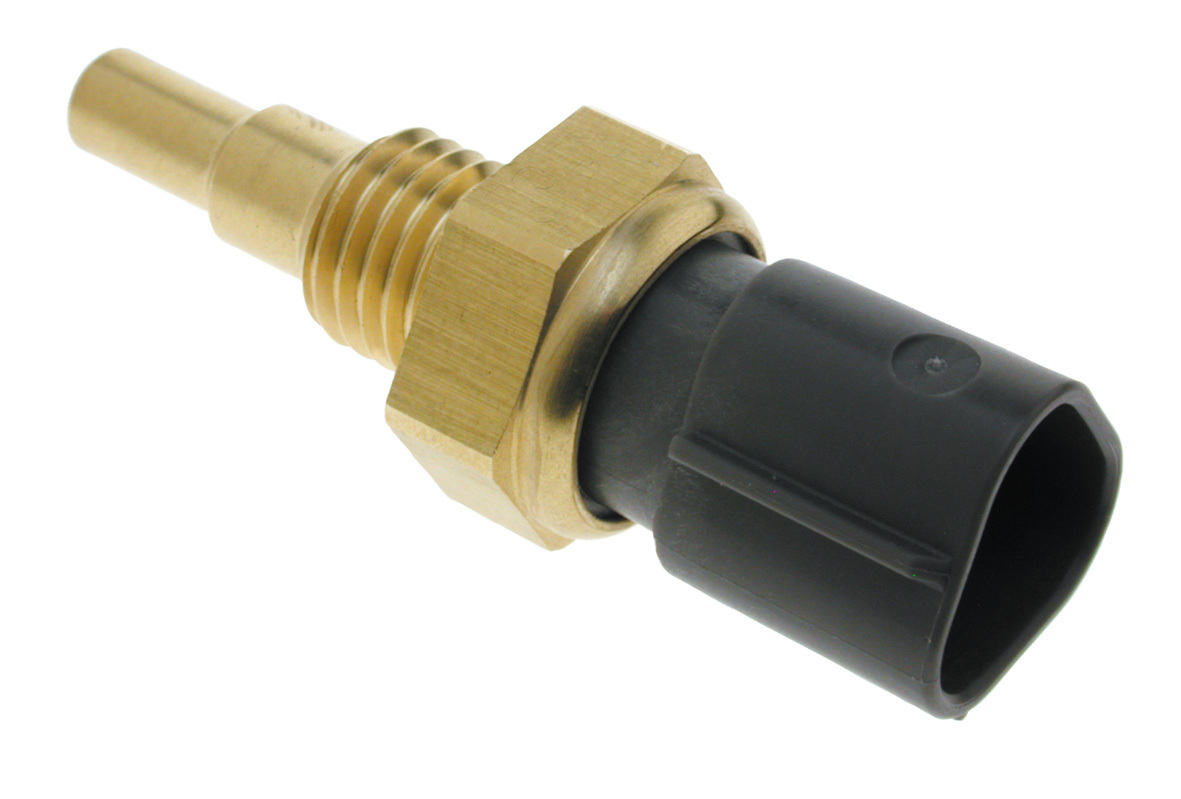
- #Ford ranger 2.3 coolant temp sensor location manuals#
- #Ford ranger 2.3 coolant temp sensor location driver#
- #Ford ranger 2.3 coolant temp sensor location manual#
- #Ford ranger 2.3 coolant temp sensor location code#
- #Ford ranger 2.3 coolant temp sensor location download#
#Ford ranger 2.3 coolant temp sensor location manuals#
Tip: Most service manuals indicate that this job takes between 5 to 7 hours to complete. Boxed end wrench or ratchet wrench set(s).


Part 2 of 3: Replacing the EVAP emissions control canister In this case, the compressor itself is fine, but the usual suspect is the evaporator temperature sensor located under the dashboard.
#Ford ranger 2.3 coolant temp sensor location code#
The AC compressor does not work: Another error code that commonly can be mistaken for an AC compressor failure is P-0533, which indicates that the circuit to the AC compressor is too high. If this occurs, you'll have to replace the sensor.
#Ford ranger 2.3 coolant temp sensor location driver#
However, if the temperature raises and lowers frequently without adjusting the temperature setting on the driver or passenger side, it usually means the sensor is starting to fail. In this case, the sensor will occasionally send correct data, causing the AC system to work fine. When this sensor fails, it does not send accurate information to the ECM which triggers the error code and, most of the time, will disable the AC system.ĪC temperature is inconsistent: On the lines of the warning sign above, inconsistent temperature is often an indicator that the sensor is starting to fail. However, when this function stops instantly, it's typically due to a problem with the temperature sensor found in the AC evaporator. No cold air from the AC system: Usually when a vehicle has a coolant leak on a closed loop system or is running low on refrigerant, the air conditioning system slowly stops blowing cold air into the vehicle. Noted below are a few of the common warning signs that a problem with the EVAP temperature sensor exists. Beyond completing an OBD-II scan, a bad or failing evaporator temperature switch will produce a few symptoms that can alert the driver of a potential issue that should be serviced. The OBD-II code (P-0535) indicates that an Evaporator Temperature Sensor failure has occurred.
#Ford ranger 2.3 coolant temp sensor location download#
The best way of determining that this component is malfunctioning will be to complete an error code download with a scanner. In many cases, when the AC stops blowing hot or cold air, it's due to a malfunction of the EVAP temperature sensor. Most air conditioning problems are related to a sensor or electrical issue especially in modern vehicles. Part 1 of 3: Determining the symptoms of a bad EVAP temperature sensor
#Ford ranger 2.3 coolant temp sensor location manual#


If the sensor detects that the temperature is approaching high temperatures, the AC system increases flow through the system to increase cooling. This location makes it very time consuming for a mechanic to reach as it will require the removal of most of the dashboard. The AC evaporator is typically located behind the firewall of the engine compartment, tucked in tightly behind the dashboard as well. Typically this component is installed directly on the AC evaporator, as it accomplishes its job by monitoring the temperature found in this component. This component has a very simple job: simply monitoring the temperature of the inside of the vehicle and relaying this information to the vehicle's ECM, which tells the AC to continue flowing cool or warm air in the heater to achieve a desired temperature setting. The operation of this luxury feature is controlled by a very small sensor called the evaporator temperature sensor or EVAP temperature switch. Often, this feature is available on both passenger and driver sides. On many of today's cars, the driver has the luxury of setting a desired temperature inside the vehicle through the air conditioning control panel.


 0 kommentar(er)
0 kommentar(er)
